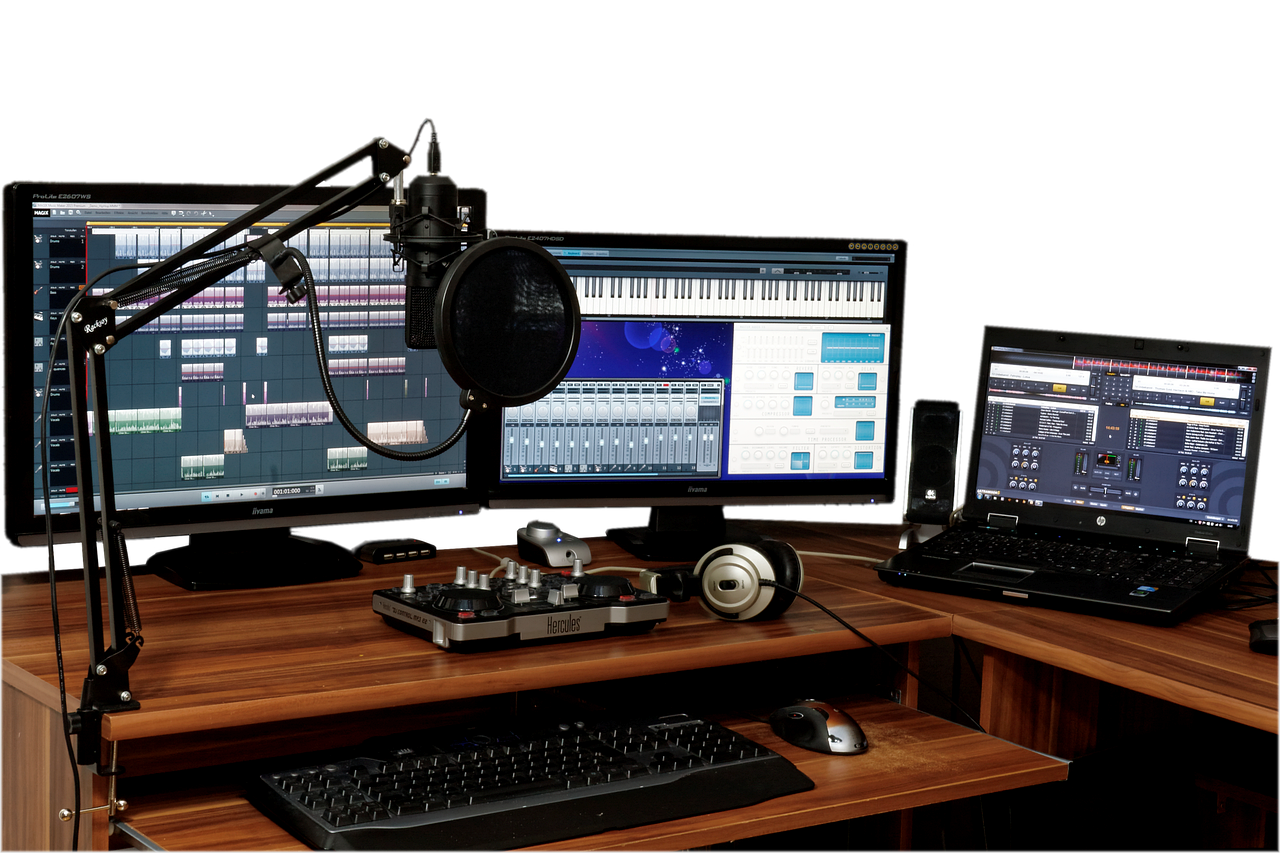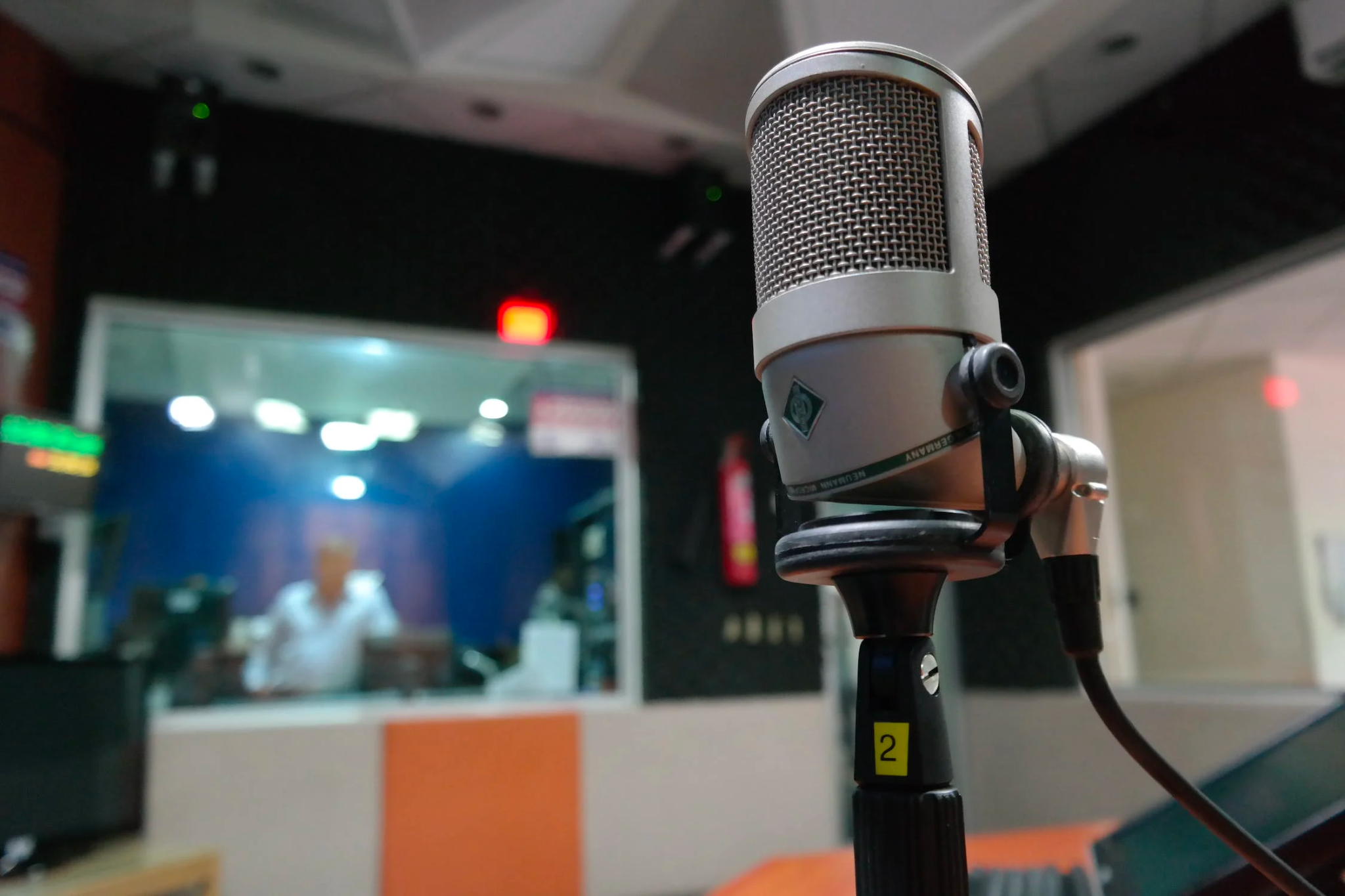
Recording vocals is an art form and one where even the most experienced producers can find themselves making mistakes. Whether you’re an aspiring artist honing your vocal technique or a bedroom producer looking to refine their craft – getting the perfect take is crucial. Unfortunately, it’s easy to fall into common pitfalls when recording vocals that can disrupt the workflow from a studio session to a sonic masterpiece. Avoiding these traps starts with knowing what they are– so here’s our guide for avoiding some of the most typical errors made when recording vocals!
Don’t skimp on microphone quality
When it comes to recording audio, whether it’s for a podcast, music, or a video project, the quality of your microphone really matters. It can be tempting to skimp on the cost and grab a cheap microphone, but you’ll likely regret it later when you listen back to the recording and hear lots of static, distortion, and other sound issues. Investing in a good quality microphone or voice recorder ensures that your voice or instrument is recorded accurately, with a full range of tones and no unwanted noise. Plus, a good microphone will last you for years, so it’s worth the extra expense upfront. Don’t let poor sound quality hold you back – invest in a quality microphone and enjoy the optimal sound for all your online projects.
Make sure soundproofing is up to par
When it comes to recording any kind of vocals, whether it’s for a professional project or just for fun, it’s important to make sure that your soundproofing is up to par. Even the slightest bit of outside noise can cause serious distortion to your vocals, which can negatively impact the overall quality of the recording.
There are plenty of ways to soundproof a room, such as using acoustic foam or curtains, sealing off any cracks or gaps in the walls, or even just recording during times when there is less outside noise. By taking the time to properly soundproof your recording space, you can be sure that your vocals will come out clear and crisp, without any unwanted outside interference.
Lean into auto-tune for special effects
Auto-tune has become a popular tool for both professional musicians and amateurs alike. Its ability to correct pitch imperfections in vocals has been a game-changer in the music industry. But did you know that there are also special effects you can achieve by leaning into auto-tune? By manipulating the settings and playing around with the pitch correction, you can create unique and interesting sounds that add a whole new dimension to your music. You can try out a vocoder plugin to choose from an array of options when it comes to auto-tune effects. From robotic voices to vocal harmonies, auto-tune has the potential to take your music to the next level. So don’t be afraid to experiment and see what kind of special effects you can achieve with this versatile tool.
Use compressor and equalizer settings to enhance the vocals
When it comes to vocal production, the compressor and equalizer settings play a crucial role in generating a well-balanced sound. Understanding how to utilize these tools can help you achieve a polished and dynamic vocal track. The compressor works to smooth out the overall volume of the vocal while the equalizer shapes the frequency response.
By adjusting the compressor threshold, attack, and release time along with the equalizer settings, you can avoid harsh frequencies and highlight the desired qualities in the voice. Remember, proper vocal mixing takes time and experimentation, but with the right tools and knowledge, you can create a sound that captivates your audience.
Don’t forget to have the vocalist warm up before they record
As recording technology has evolved, so have the expectations of vocal performances. In order to capture the best possible take, it’s important to ensure that the vocalist is fully warmed up before the recording process begins. This can often mean several minutes of vocal exercises, such as scales or breathing techniques, in order to fully prepare the voice for the demands of the song. By taking the time to warm up the vocals, the resulting recording will be of a much higher quality and will help to showcase the singer’s full range and abilities. As a producer or engineer, it’s important to prioritize the health and longevity of the artist’s voice by encouraging and facilitating a proper warm-up routine.
Ensure you have enough time to record multiple takes
To ensure you have the best possible final recording, it’s essential to take enough time to record multiple takes. This allows you to pick the best version among them. Repeating a song multiple times may seem tedious, but it’s worth the effort in the end. The last thing you want is to have a deadline looming and realize that your recording is substandard.
If you are not present when the musician is recording vocals you can still encourage them to have a few extra takes so you’ll have a few to choose from. With a little bit of extra time investment, you can ensure that you have the best possible product to showcase your skills and abilities. Remember, the goal of recording is to showcase yourself in the best possible light, so take whatever steps are necessary to make that happen.
Voice recordings can be daunting and complicated, but with these guidelines in mind, you are well on your way to creating a vocal masterpiece. By investing in a good microphone and soundproofing, adding special effects with auto-tune, enhancing vocals with compressor and equalizer settings, giving the vocalist time to warm up beforehand, and allowing for multiple takes to choose from – you will have all the tools necessary to create a piece of work that is not just aesthetically pleasing, but also technically sound.
At the end of the day, it all comes down to being prepared and having an eye for detail if you asked any audio engineer they would tell you that’s as important as anything else when it comes to voice recording.







